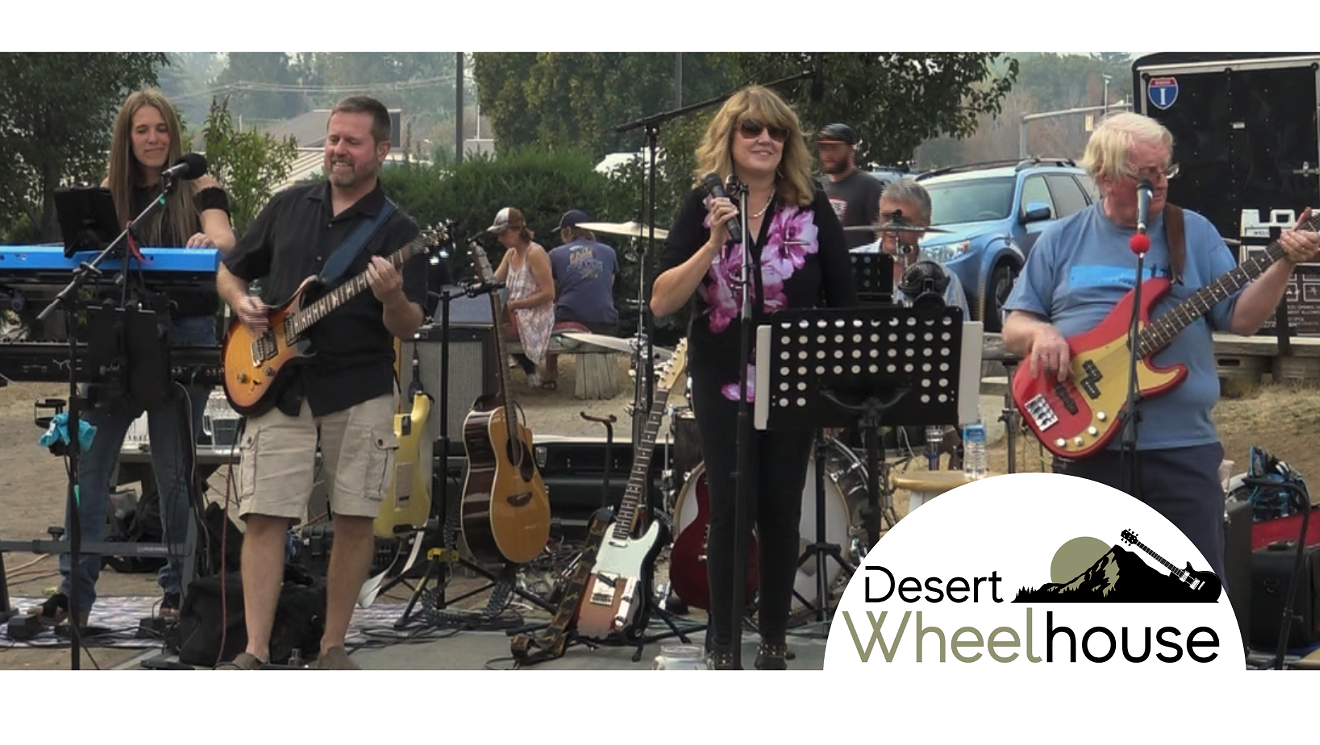Two and a half years ago, the Forest Service began planning the 25,700-acre project on the western side of Bend. A dedicated group of community members organized under the Deschutes Collaborative Forest Project has joined the USFS in that planning effort from start to finish. Our job has been to suggest ways to restore the ecological integrity and resilience of the forest while meeting a range of community goals, such as providing habitat for native wildlife species; reducing the risk of wildfire to our communities; protecting and enhancing our favorite recreation areas in the forest; and providing jobs in the local forest products industry.How is it possible to meet all these community goals and also maintain the ecological integrity of our forest? It is possible because the ponderosa pine forests west of Bend are really out of whack right now.Over the past century we tried to remove fire from an ecosystem that had adapted to fire, and we harvested large old-growth ponderosa pine at an unsustainable rate. So now our ponderosa-dominated forests are a shadow of their former selves—with too many small trees densely packed together; too few large, thick-barked, old trees; and an undergrowth dominated by flammable shrubs instead of the bunch grasses and wildflowers that dominated when frequent, low-intensity fires once burned through every decade or so. We want to carefully thin the forest, to reduce the number of smaller trees and shrubs, and ultimately, to put controlled fire back in the system in order to move the forest closer to the condition that European-American settlers first witnessed when they arrived in this area in the 1800s. Such thoughtful thinning can make both environmentalists and loggers happy because it puts the forest back on a trajectory to be more resilient to fire, insect, and climate change while removing some of the overabundant smaller trees for utilization. The forest restoration treatments along the access road to Phil's Trail offer a glimpse of the size and density of the trees that will still be standing when thinning is complete and the forest is on its way to more resilient conditions. There will be no clearcuts.The steering committee of the Deschutes Collaborative Forest Project is made up of 19 of your neighbors and fellow community members. We represent environmental, conservation, forest products, community wildfire protection, tribal, water resources, local government, recreation, tourism, wildlife and other interests. After more than a year of deliberations in both meeting rooms and forests west of Bend, we made recommendations to the Forest Service about how to restore ponderosa-dominated forests in the West Bend project area while preserving recreation assets and other things we care about. The Forest Service has used those recommendations to plan the West Bend project and to draft its Environmental Impact Statement. The members of the steering committee do not agree on how every acre of the 25,700 acres in the West Bend project area should be managed. But we do feel that the Forest Service got the big things right and that the project moves our forest in the right direction. And we will be here to support the implementation of the project, to learn from the outcomes, and to fine-tune and make further improvements in future restoration projects.
—Deschutes Collaborative Forest Project, steering committeeTo Log or Not to Log
[
{
"name": "Air - Ad - Rectangle - 2 pack - Inline Content - 1",
"insertPoint": "1/2",
"component": "16844684",
"requiredCountToDisplay": "6"
}
,{
"name": "Air - Ad - Rectangle - 2 pack - Inline Content - 2",
"insertPoint": "1/4",
"component": "16844686",
"requiredCountToDisplay": "20"
},{
"name": "Air - Ad - Rectangle - 2 pack - Inline Content - 3",
"insertPoint": "3/4",
"component": "16844687",
"requiredCountToDisplay": "17"
}
]
Editor's note: This editorial was sent in response to a hot-button topic: logging. And, specifically, to a letter last week, "Notice: Popular Recreation Forest Near Bend Slated for Logging" (6/6).



















